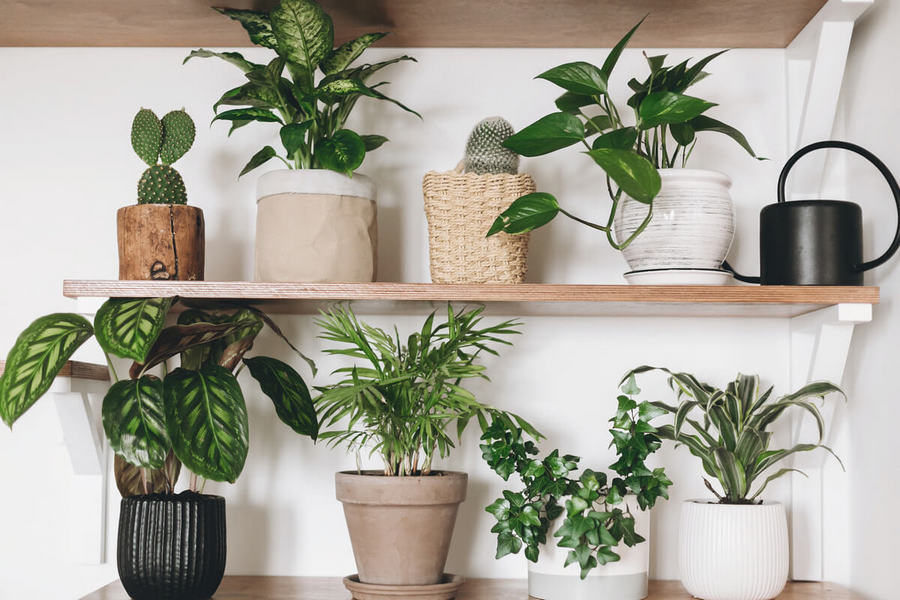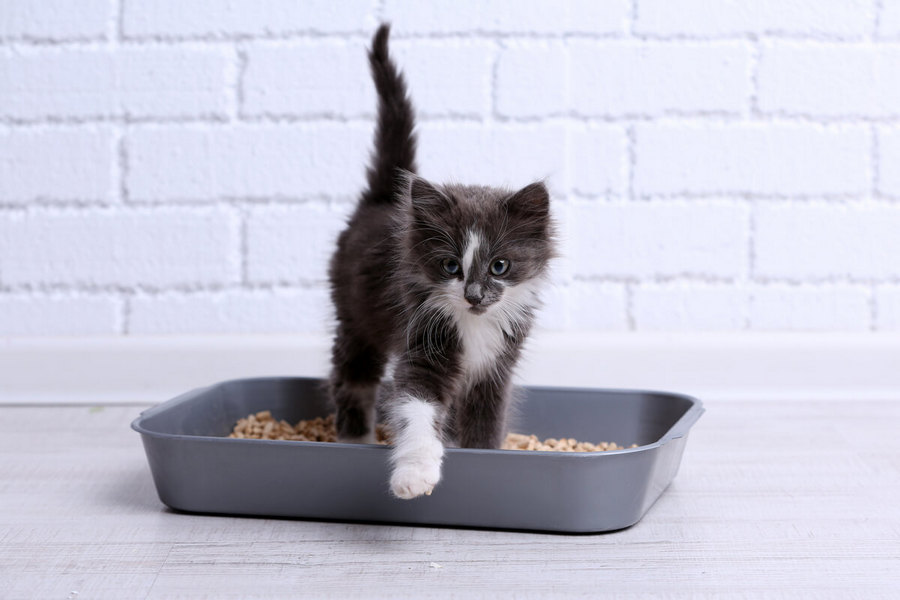Every single plant is unique in terms of the environmental conditions necessary for its survival. Optimal growing temperatures may vary greatly from one species to the next. Some plants are considerably more resistant to changes in temperature than others, and what’s more, they react to the slightest temperature variations completely differently.
Therefore, it is essential to have a solid understanding of the kinds of plants that you want to cultivate. This article will teach you how to preserve your plants from low temperatures, avoid cold shock, and keep your flower garden safe and sound.
How Do Cold Temperatures Affect Plants?
Plants are particularly vulnerable to the effects of sudden temperature decreases when they bloom prematurely. Unfortunately, low temperatures bring along several dangers that threaten plants’ existence.
For example, there is a risk that water trapped within the plant’s cells would freeze and expand, killing the plant from the inside out. This may induce plant death long after the cold and frost have passed. Younger plants, which haven’t yet developed the strength and structure to sustain the development of cell tissues, are frequently more vulnerable to cold weather harm.
Another water-related risk takes place when it freezes the plant’s exterior and the soil around it. Hence, the plant’s water supply gets disrupted, leading to its death.
And third, a water-related threat is a shift in the permeability of cell membranes, in other words — the rate at which water moves through a plant’s cells. Interestingly, it is the cellular membrane’s job to make sure plant cells can adapt to relatively subtle changes in their environment. They are also a dynamic framework that promotes and facilitates development.
Unfortunately, the abovementioned water-related threats are not the only ones. Enzyme activity in plants may be hindered as temperatures drop. Since plants process enzymes to better transform and digest environmental materials for soil, their whole nutritional system gets disrupted, preventing them from getting vital elements and nutrients.
Read also: Does a diffuser work as a humidifier for plants?
What Temperature Is Too Cold for Indoor Plants?
The majority of indoor plants are tropical species. The best temperature for indoor plants ranges from 65 to 75 degrees Fahrenheit (15 – 24° Celcius). At night, it’s better to ensure a low-temperature regime for your plants. Specialists recommend going around 10 degrees colder in comparison with daytime.
Remember, houseplants cannot tolerate temperatures beyond 75 degrees Fahrenheit (24 degrees Celsius), yet these same plants can withstand much higher temperatures outside. They can’t handle higher temperatures inside because they lack some crucial additional environmental factors, including air humidity and solar light, that encourage development outside of a closed environment.
Temperatures below 50 degrees Fahrenheit (10 Celcius) may cause severe damage to many plants. For your better understanding, it’s crucial to say that tender plants can’t handle anything lower than 60°F (15°C), a half-hardy group, which is the majority of modern indoor houseplants, will not deal with lower than 50 – 55°F (10 – 13°C), and hardy plants can survive with 45°F (7°C).
Signs and Symptoms of Cold Weather Shocked Plants
Cold shock occurs when plants are subjected to temperatures below their optimal growing range. Therefore, each plant is given a hardiness grade that corresponds to safe cultivation zones.
Tropical plants are the most common kind of houseplant since they can survive the colder months inside with enough warmth. A constant temperature of at least 50°F (10°C) is required for their survival throughout the winter months if you want to keep them outside.
There may be blatant manifestations of this, or there may be none at all. There are four signs that your plants are too cold, which are as follows:
- As the cell damage progresses, the leaves will lose their firmness and wilt or even curl in. If you haven’t changed your watering habits, the cold shock might be to blame for your houseplants’ droopy look.
- The leaves may acquire a white or yellowish tint as they shrivel up and perish. Red leaves appear on various plants. While some leaves may suffer damage all throughout, others may simply see a color change. Not all of the damage may be seen right away.
- If the plant’s leaves or, perhaps, its whole body becomes mushy and black, it is probably beyond saving.
- When the root ball loosens, it’s a sign that the plant’s roots have been frozen and harmed too. Root damage is another indication that your houseplant is in bad form and is beyond recovery.
How to Protect Your Plants from Cold Temperatures
When the temperature hits sub-zero, we don’t forget about warming ourselves. And we should do the same for our plants if we want them to outlast harsh winter weather. Roots of plants are often damaged by cold; therefore, it’s important to get them ready for low temperatures. Protect your plants against frost and chilly spells with these pointers:
- If it is possible, you can bring your plants inside the house. Not all plants can tolerate freezing temperatures or frost, but cold weather gardening is still possible with correct precautions.
- Let the soil rest. Fertilize your plants no later than the end of July or the beginning of August, depending on your northern latitude. Southern regions should end fertilization efforts by the end of November. Because of this, no new growth will emerge, but the older, more established parts of the plant will be able to harden and survive the next colder weather.
- Protect your plants by covering them up. Spending a lot of money is not required to maintain a comfortable temperature for outside plants. It’s OK to use old bed linens. Wrap them over tender plants in the early evening before the actual cold arrives.
- To keep the cold out and the warmth in, shelter your plants with hay or mulch. This preventative action keeps in heat and moisture, both of which are essential for the health of root systems. The mulch serves as an additional barrier against the cold, and water bottles filled with warm water may be put in the mulch for added comfort.
- Get a ready-made greenhouse or construct a cold frame if you have time. Sheltering your plants from the cold reduces the risks associated with gardening throughout the winter. Plants are more likely to survive cold spells if heat is retained and frost is prevented.







